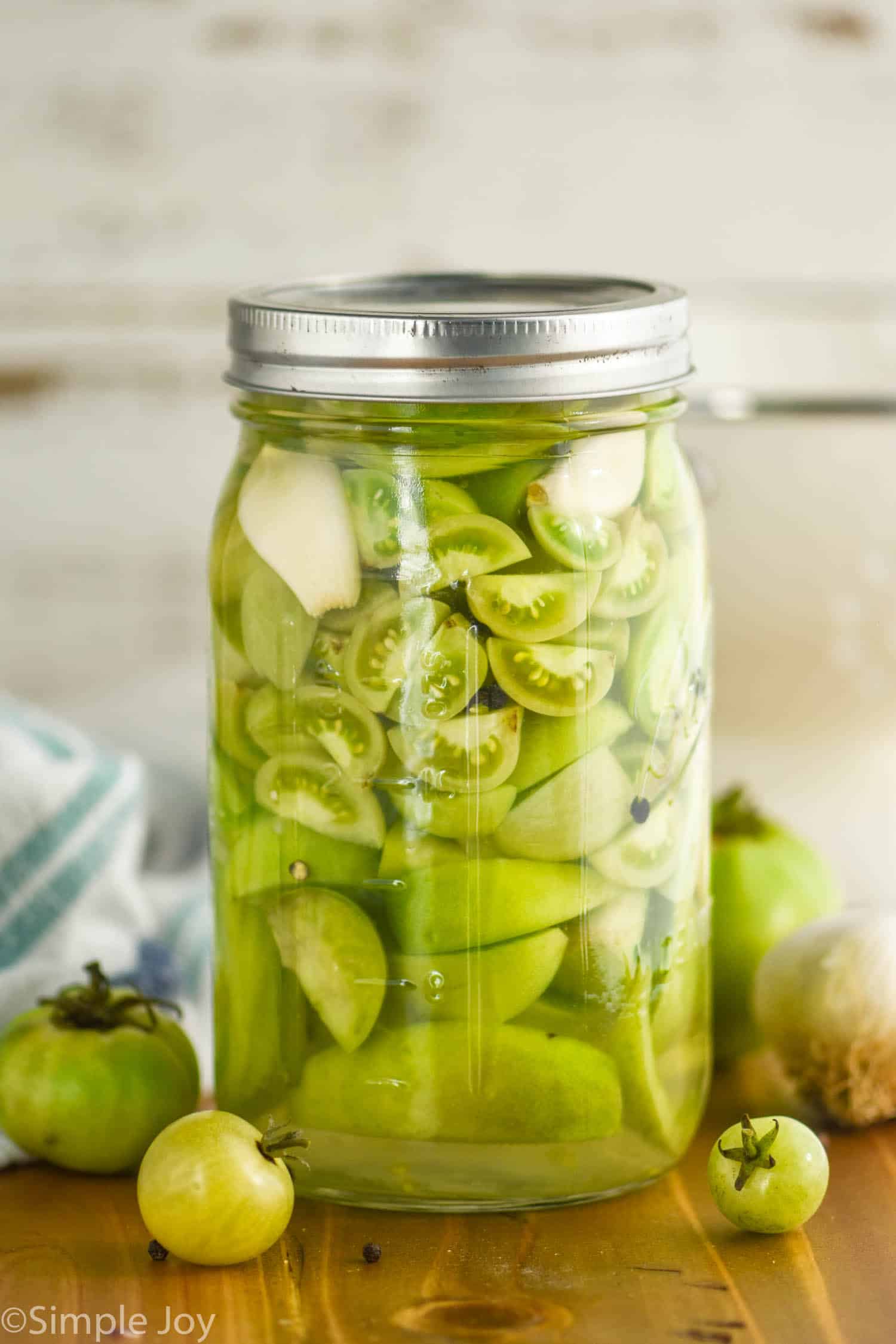Crops Of Nebraska
Nebraska, known for its vast prairies and fertile soil, is a leading agricultural state in the United States. The state's crops are a significant contributor to its economy, with a diverse range of crops being grown across the region. From corn and soybeans to wheat and alfalfa, Nebraska's crops are an essential part of the state's agricultural heritage. In this article, we will delve into the various crops of Nebraska, exploring their history, production, and impact on the state's economy.
History of Crop Production in Nebraska
The history of crop production in Nebraska dates back to the early 19th century, when the first European settlers arrived in the region. These early settlers brought with them their knowledge of farming and crop production, which they applied to the fertile soils of the Great Plains. Over time, the state’s crop production evolved, with new technologies and farming practices being introduced. Today, Nebraska is a leading producer of a range of crops, including corn, soybeans, wheat, and alfalfa.
Major Crops of Nebraska
Nebraska is home to a diverse range of crops, each with its own unique characteristics and uses. Some of the major crops grown in the state include:
- Corn: Nebraska is the third-largest producer of corn in the United States, with the crop being used for a range of purposes, including ethanol production, livestock feed, and human consumption.
- Soybeans: Soybeans are another major crop in Nebraska, with the state being the fifth-largest producer in the country. Soybeans are used in a range of products, including food, feed, and biofuels.
- Alfalfa: Alfalfa is a legume hay crop that is widely grown in Nebraska. The crop is used as a feed source for livestock, particularly dairy cows and horses.
| Crop | Production (2020) | Value (2020) |
|---|---|---|
| Corn | 1.8 billion bushels | $3.4 billion |
| Soybeans | 248 million bushels | $2.3 billion |
| 44.5 million bushels | $244 million | |
| Alfalfa | 3.5 million tons | $434 million |
Crop Production Challenges in Nebraska
Crop production in Nebraska is not without its challenges. The state’s farmers face a range of issues, including drought, pests, and diseases, which can impact crop yields and quality. Additionally, the state’s crops are vulnerable to extreme weather events, such as tornadoes and floods, which can cause significant damage to crops and farming infrastructure.
Technological Advancements in Crop Production
Despite the challenges faced by Nebraska’s farmers, the state is at the forefront of technological advancements in crop production. The use of precision agriculture, which involves the use of advanced technologies such as GPS and drones to optimize crop production, is becoming increasingly common in the state. Additionally, the use of genetically modified crops and other biotechnologies is helping to improve crop yields and reduce the environmental impact of farming.
What are the most commonly grown crops in Nebraska?
+The most commonly grown crops in Nebraska are corn, soybeans, wheat, and alfalfa.
What is the value of Nebraska's crop production?
+The value of Nebraska's crop production was approximately $6.3 billion in 2020.
What are the challenges faced by Nebraska's farmers?
+Nebraska's farmers face a range of challenges, including drought, pests, and diseases, as well as extreme weather events such as tornadoes and floods.
In conclusion, Nebraska’s crops are a vital part of the state’s economy and play a critical role in the national food system. From corn and soybeans to wheat and alfalfa, the state’s crops are diverse and abundant. Despite the challenges faced by Nebraska’s farmers, the state is at the forefront of technological advancements in crop production, and its crops will continue to be an essential part of the state’s agricultural heritage for years to come.


